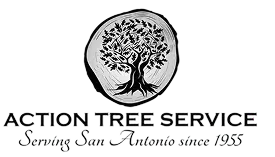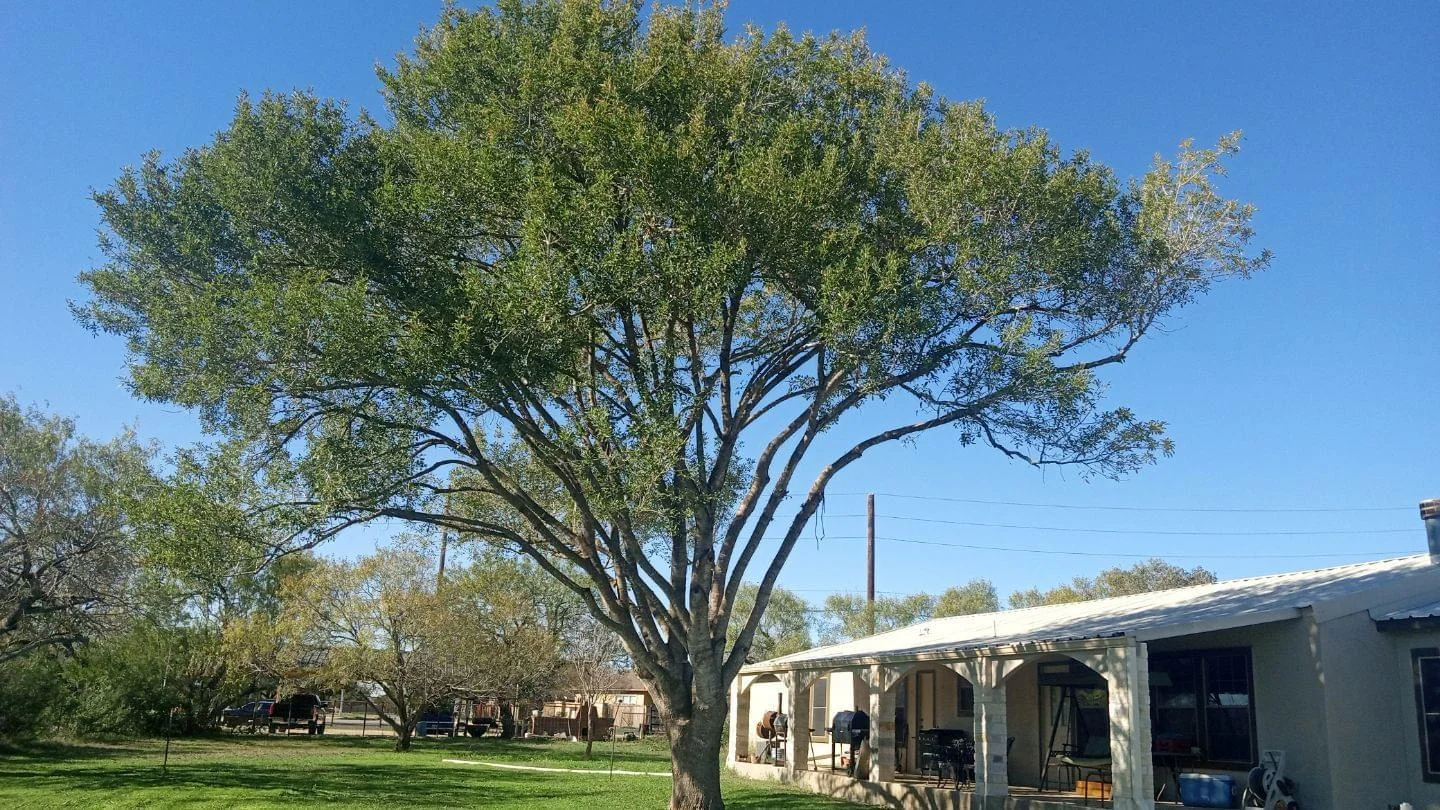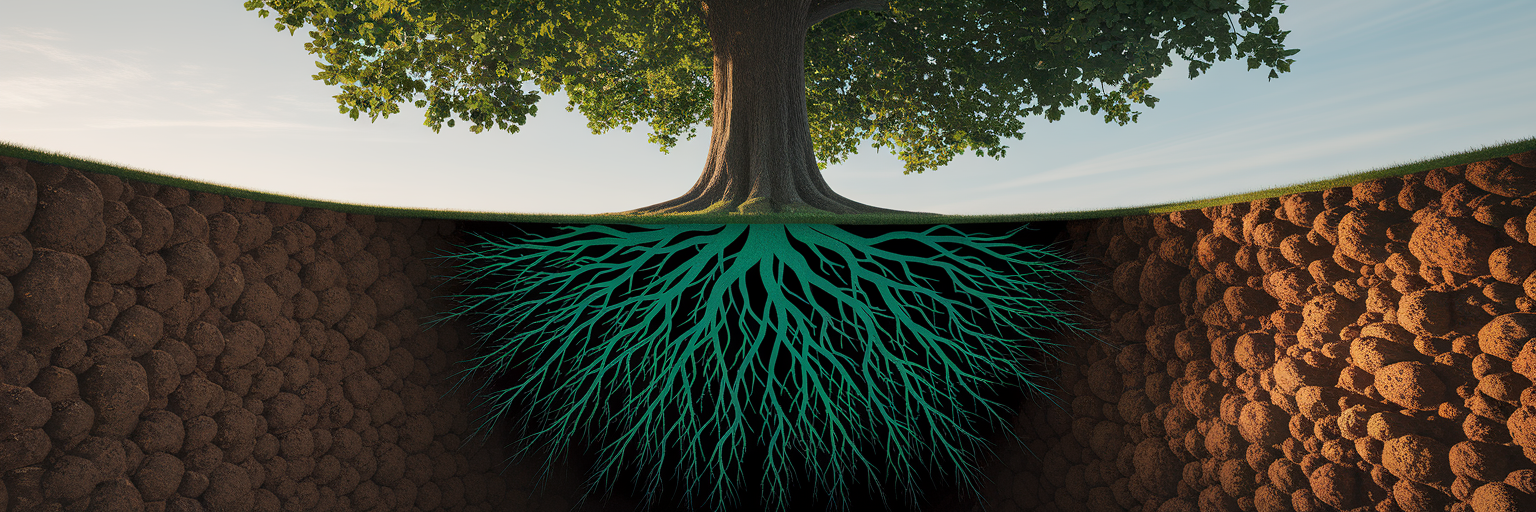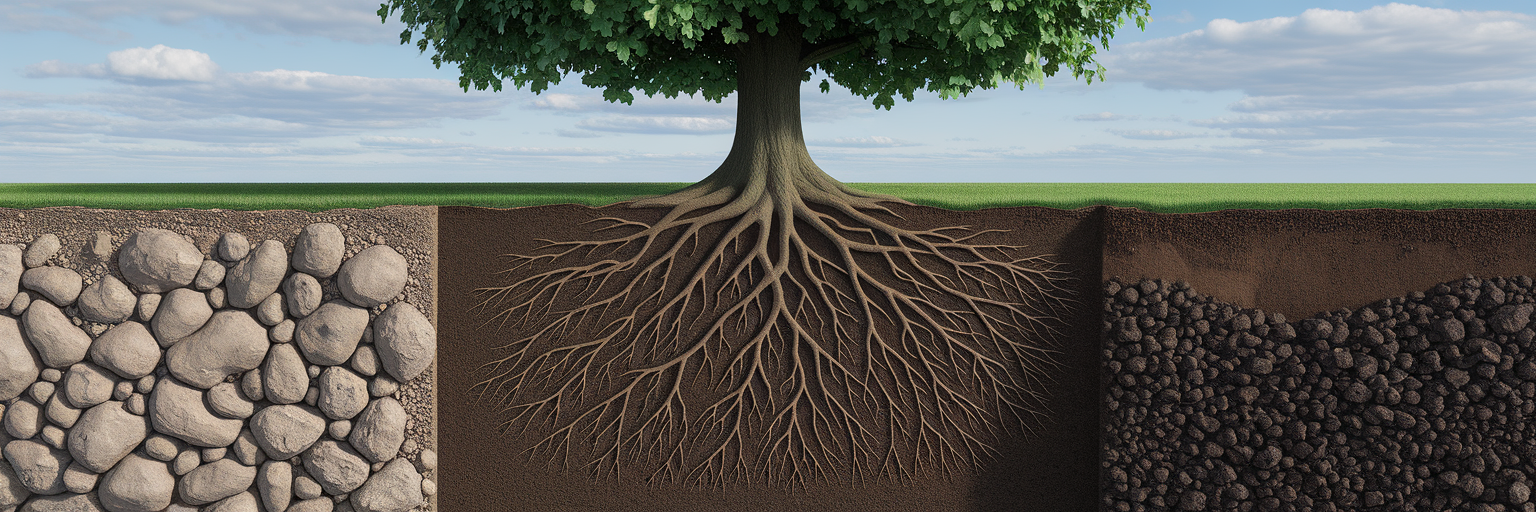Caring for Trees in San Antonio’s Climate
San Antonio’s semi-arid climate, with its intense summer heat and unpredictable rainfall, presents unique challenges for trees. Unlike in milder regions, our local environment demands a more thoughtful approach to tree care San Antonio. The first step is choosing the right trees. Native or well-adapted species like the sturdy Live Oak and resilient Cedar Elm are naturally equipped to handle local conditions with less water, making them excellent choices for our landscapes.
Understanding this context is important because healthy trees do more than just look good. They are a significant asset, increasing property value and providing essential shade that can noticeably lower home cooling costs during our sweltering summers. Proper care ensures these natural assets continue to grow, and you can learn more about how our residential services help enhance your property’s beauty and safety.
Smart Watering and Mulching for Texas Heat
One of the most common mistakes we see homeowners make is how they water their trees. The key principle for how to water trees in Texas is to water deeply and infrequently. This method encourages roots to grow deep into the soil, making them more resilient to drought. Shallow, frequent watering does the opposite, creating a weak root system that stays near the surface and is vulnerable to heat stress. For a truly effective approach, consider these steps:
- Use a soaker hose or drip irrigation system placed at the tree’s dripline, which is the area directly under the outermost branches.
- Let the water run slowly for several hours. This ensures the water penetrates deep into the soil instead of running off the surface.
- Always water in the early morning to minimize the amount of water lost to evaporation as the day heats up.
Pairing smart watering with organic mulch creates a powerful combination. A two to four inch layer of mulch helps conserve soil moisture, moderates soil temperature, and suppresses weeds that compete for resources. Just be sure to keep the mulch a few inches away from the tree trunk to prevent moisture buildup, which can lead to rot and pest problems. For more detailed guidance, we have an article on implementing an effective tree watering system.
Common Tree Health Threats in the Region
Even with the best care, trees in our area can face specific health threats. Being able to spot the early signs of trouble is essential for protecting your landscape. While many issues can arise, from pests to nutrient deficiencies, a couple of diseases are particularly noteworthy in South Texas. For a broader look at potential issues, you can read about effective treatment options for common tree insect infestations.
Identifying Oak Wilt
Oak Wilt is a serious fungal disease that can be devastating to oak trees. The primary oak wilt symptoms to watch for include veinal necrosis, where the veins of the leaves turn yellow or brown, followed by rapid and widespread leaf drop. According to the Texas A&M Forest Service, it is critical to avoid pruning oak trees from February through June. This is the period when the insects that spread the disease are most active, and fresh wounds from pruning create easy entry points for infection.
Recognizing Ash Yellows
Texas Ash trees are susceptible to a condition known as Ash Yellows. Unlike the sudden onset of Oak Wilt, this disease causes a more gradual decline. You might notice a sparse canopy with fewer leaves than normal, slow growth, and progressive branch dieback over several years. The tree may simply look unhealthy without an obvious cause. Because these symptoms can be subtle and mimic other issues like drought stress, accurate diagnosis requires a trained eye. Suspected infections should always be evaluated by a professional to confirm the cause and determine the best course of action.
Your Seasonal Tree Care Calendar
Effective tree care is not a one-time task but an ongoing process that adapts to the changing seasons. A consistent schedule helps ensure your trees get what they need when they need it most. This seasonal tree pruning guide and maintenance checklist provides a simple framework for year-round care in the San Antonio area.
| Season | Key Focus | Actionable Tasks |
|---|---|---|
| Spring | Support New Growth | Apply a slow-release fertilizer. Inspect for signs of pests or disease as activity increases. |
| Summer | Combat Heat Stress | Maintain consistent, deep watering, especially for young trees. Monitor for signs of drought stress like wilting leaves. |
| Autumn | Prepare for Dormancy | Prune dead, damaged, or diseased branches. This is the ideal time for structural pruning for most species. |
| Winter | Protect and Insulate | Apply a fresh layer of mulch to insulate roots from cold snaps. Protect young or frost-sensitive trees with blankets if a hard freeze is forecast. |
Remember that this calendar is a general guide. A tree’s specific needs can vary based on its species, age, and overall health, so your own observation is just as important. For more tips and detailed articles, you can always explore our blog.
Knowing When to Seek Expert Help
While tasks like watering and mulching are manageable for most homeowners, some situations demand professional expertise. Knowing the difference is key to keeping both your trees and your property safe. It is time to call for San Antonio arborist services when you are faced with:
- Pruning large branches, especially those near your home or power lines.
- Diagnosing and treating a suspected disease like Oak Wilt.
- Removing a tree, which is a complex and hazardous job.
- Assessing a tree’s structural integrity after a major storm.
A certified arborist brings the right equipment, safety protocols, and a deep understanding of tree biology to every job. Think of it as a partnership for the long-term health of your property’s most valuable natural assets. If you have concerns or need an expert opinion, please do not hesitate to contact us.





